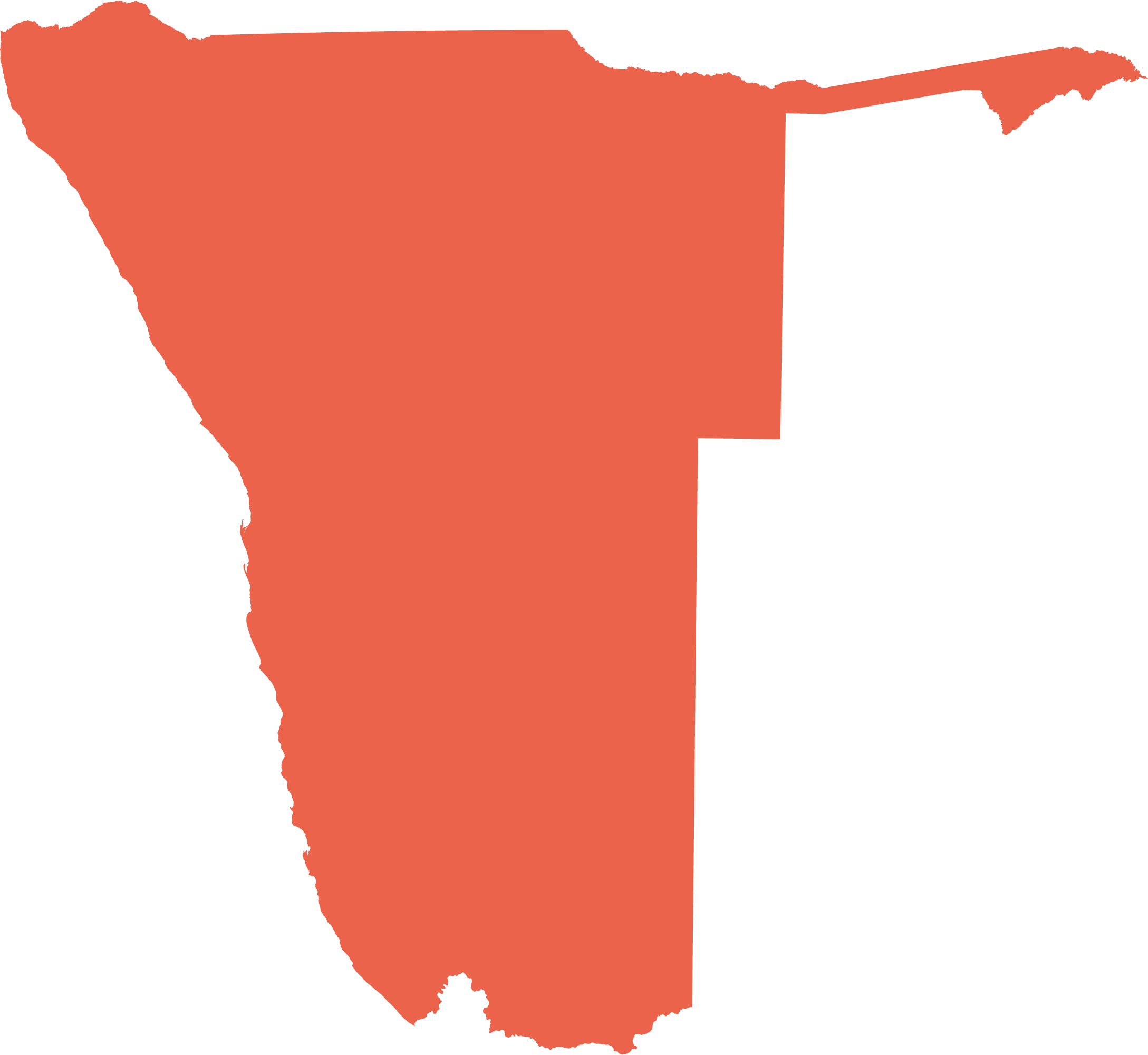Preface
This is the third geographical profile and atlas of Namibia. The first, the National Atlas of South West Africa (Namibia), edited by J.H. van der Merwe, was published in 1983. Nineteen years later, in 2002, a second atlas followed, the Atlas of Namibia, A portrait of the land and its people. And after another 20 years, here is the Atlas of Namibia: its land, water and life.
This atlas of 2022 follows much of the format and style developed in the 2002 atlas. Funding for the 2002 atlas was kindly provided by the Embassy of Finland in its support of Namibia's development. More print runs followed, but the book was soon out of print. Requests for a new edition, or more print runs, were frequent.
The German development agency Deutsche Gesellschaft für Internationale Zusammenarbeit (or, as it is more commonly known, GIZ) generously funded the production of this new atlas. This investment is gratefully acknowledged by the Namibia Nature Foundation (the publisher) and the authors of this new publication. The atlas was produced by The Atlas of Namibia Team, which comprised people who compiled draft sections and major sets of data and analyses that were specially required for this publication.
Many other people and institutions gave support in the form of data, photographs, advice, knowledge and encouragement. The Atlas Team is extremely grateful to all these people and organisations, and acknowledges their contributions.
More information is available in the world than ever before. In Namibia, hundreds of surveys, mapping projects, censuses and research studies have been conducted in recent decades. Each day, international remote-sensing services collect hundreds of satellite images that measure rainfall, cloud cover, atmospheric particles, plant growth, urban development, floodwaters, fires, and much more. Retrieving and analysing this information, and understanding what it all means is a challenge. A goal of this atlas is to help ease this challenge by compiling a synthesis of knowledge that portrays aspects of Namibia's land, water and life. The information covers a wide range of topics, with many linkages between them, yet is still far from comprehensive. Topics included mirror intellectual and public interest, their relevance to Namibia and the availability of recent data.
There is another intention behind the atlas. This is to do with exploring the connections between the wide range of topics it covers. It is our hope that while readers look at the pages on climate, for example, the effects that weather patterns have on plants or soils, which in turn affect farming and people's livelihoods, will be evident. Each section of this atlas stands on its own, but each also adds value to topics on other pages. This is the strength of geography, studying the natural features around us, our response to them and, in turn, our impacts on them.
Although this atlas was published in 2022, the portrayal was based on information assembled in 2019–2021, but it also depicts trends using data collected years and sometimes decades earlier. The aim is to take stock of Namibia at this time, consider how it has changed, and help open our eyes to changes to come. Much of Namibia's demographic and economic environment has changed substantially during the past few decades. These have impacts on water, soils, vegetation and wildlife, and they affect how land is valued and used, how towns develop and how people live.
More changes will come. Each day, motion is everywhere: in wandering animals, growing plants, germinating seeds, gusts from the south or breezes from the east, migrations of people, evolving economies, children acquiring knowledge. We trust that the people of Namibia will find the contents of this atlas interesting and instructive, and that it will contribute to Namibia's development.


